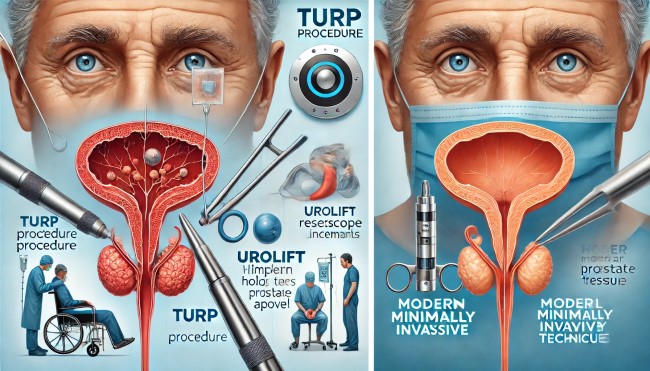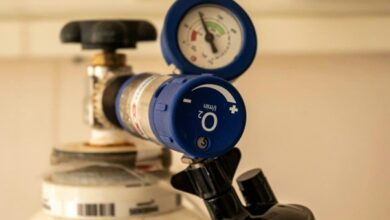TURP vs. Modern Minimally Invasive Procedures: A BPH Treatment Comparison

If you’ve been diagnosed with benign prostatic hyperplasia (BPH), you’re likely exploring various treatment options. With so many choices available, it can be overwhelming to determine which one is best for you.
Two of the most prominent treatments are the traditional TURP procedure and newer minimally invasive techniques. Understanding the differences between these options can help you make an informed decision that aligns with your health needs and lifestyle.
Understanding TURP
The Transurethral Resection of the Prostate, commonly known as the TURP procedure, has been a standard treatment for BPH for decades. During this surgery, a surgeon removes part of the prostate gland to relieve pressure on the urethra and improve urine flow.
It’s typically performed under general or spinal anaesthesia, and the procedure involves inserting a resectoscope through the urethra to excise the excess prostate tissue.
Benefits of TURP: One of the major advantages of TURP is its long track record of effectiveness. Many patients experience significant relief from BPH symptoms, such as frequent urination and difficulty starting or stopping urination.
Drawbacks of TURP: However, TURP is not without its drawbacks. Recovery time can be longer compared to newer treatments, and there may be potential side effects such as urinary incontinence or erectile dysfunction. Post-operative care also involves managing a catheter for a few days, which can be uncomfortable.
Modern Minimally Invasive Procedures
In recent years, advancements in medical technology have led to the development of several minimally invasive procedures for treating BPH. These techniques aim to provide effective relief with fewer risks and a quicker recovery time compared to traditional surgery.
UroLift System
The UroLift System is a relatively new procedure that involves placing tiny implants to lift and hold the prostate tissue out of the way, thereby easing the obstruction of the urethra. This technique doesn’t require cutting or removing prostate tissue, making it a less invasive option.
Benefits: With the UroLift System, you can expect a quick recovery and minimal downtime. Many patients report significant symptom relief without the need for a catheter post-procedure. It also generally has fewer side effects compared to TURP.
Drawbacks: One potential downside is that the UroLift System might not be suitable for all cases of BPH, particularly in patients with very enlarged prostates.
Holmium Laser Enucleation of the Prostate (HoLEP)
HoLEP uses a laser to remove the obstructive prostate tissue. The laser energy is highly precise, allowing the surgeon to target and remove the excess tissue with minimal damage to surrounding structures.
Benefits: HoLEP offers a high success rate and can be used for prostates of varying sizes. Recovery tends to be faster compared to TURP, and there’s often less bleeding during and after the procedure.
Drawbacks: HoLEP is a specialised procedure that requires skilled surgeons, and it may not be available in all medical centres.
Making Your Decision
Finally, when it comes to choosing between TURP and modern minimally invasive procedures, it’s crucial to consider your specific medical condition, overall health, and personal preferences.
TURP remains a proven option with long-term results, but modern techniques offer promising alternatives with potentially fewer side effects and faster recovery.
Consulting with your healthcare provider is the best way to determine which treatment aligns with your needs.



